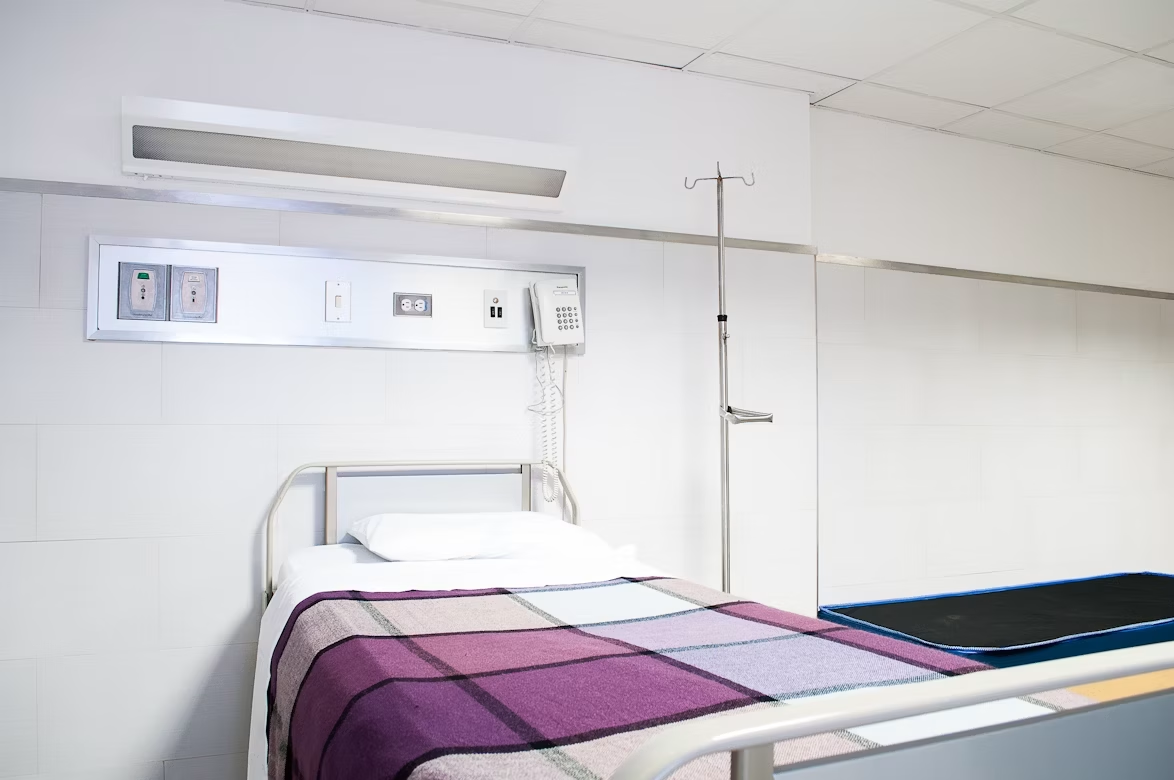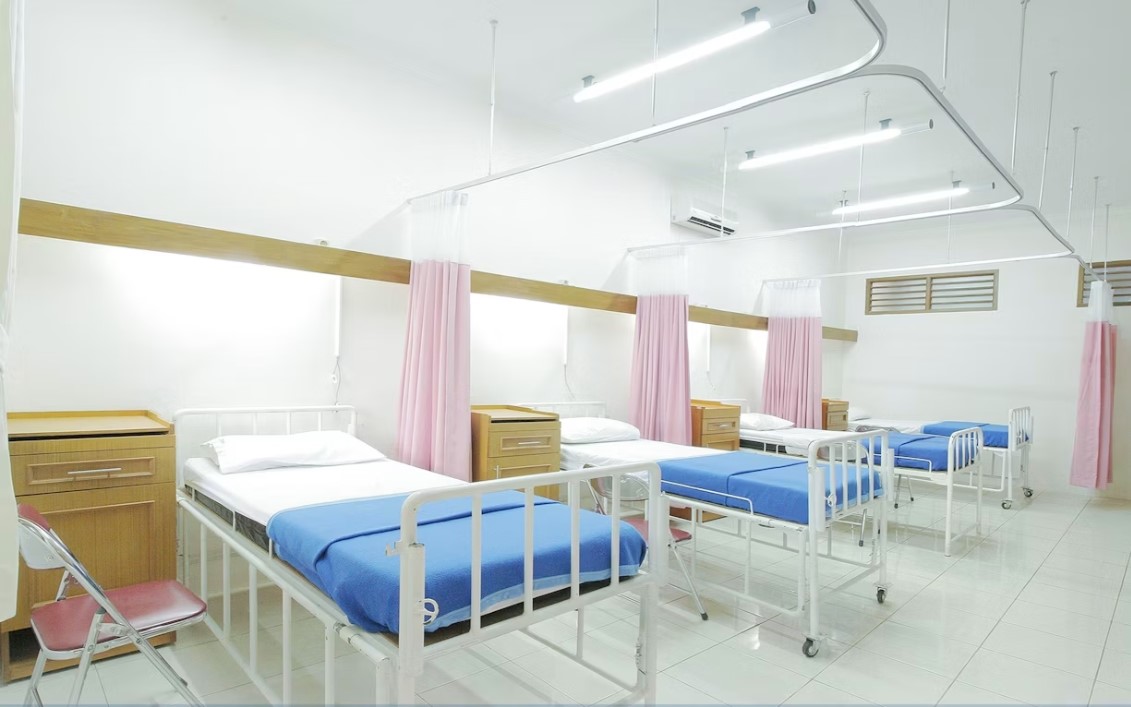Protecting patient privacy is fundamental to building trust and delivering quality care. In today’s diverse healthcare settings—ranging from emergency rooms to outpatient clinics—providers face the ongoing challenge of maintaining privacy in spaces that must also be efficient and accessible. Creating a secure environment for patients requires not only regulatory compliance but also thoughtful design. Here are six discreet yet impactful ways healthcare facilities can enhance privacy while optimizing for flexibility and care delivery.
Incorporate Acoustic Wall Treatments
Many healthcare environments struggle with poor sound insulation, especially in shared or semi-open layouts. This makes it easy for conversations to be unintentionally overheard, compromising patient confidentiality. Installing acoustic wall panels is an effective way to combat this issue.
These specialized treatments absorb and dampen noise, reducing echoes and preventing speech from traveling between rooms. They can be seamlessly integrated into waiting areas, corridors, and examination rooms without altering the visual design. Hospitals that prioritize acoustic solutions often report fewer patient concerns regarding overheard conversations, contributing to higher overall satisfaction scores. In high-stress settings, the reduced background noise also supports clearer communication between staff and improved focus on patient needs.
Use Flexible, Visual Barriers to Separate Spaces
Shared patient rooms, treatment bays, and triage zones often require temporary boundaries to protect privacy during care. Fixed walls may be impractical in these spaces, so facilities turn to flexible options that accommodate shifting workflows and patient turnover. One of the most reliable and adaptable options is a cubicle curtain, which can be drawn to create a visual barrier instantly. By enclosing the patient’s area during exams or procedures, curtains minimize feelings of vulnerability and exposure.
Their ease of use allows medical teams to respond quickly to changing room configurations, and many models now feature fire-retardant, odor-resistant, and antimicrobial coatings for enhanced safety. Patients consistently report greater comfort and a stronger sense of dignity when visual separation is prioritized, even in busy, high-volume environments.
Install Smart Glass for On-Demand Visual Privacy
Open designs and natural light are favored in modern healthcare architecture, but glass walls can raise privacy concerns. To address this, many facilities are turning to smart glass that adjusts its opacity in real time, offering privacy on demand.
This technology is especially valuable in multi-use spaces like consultation rooms or procedure suites, where privacy is sometimes needed but not constantly required. At the press of a button, the glass becomes opaque, shielding patients from view while allowing medical professionals to continue working efficiently. Smart glass also contributes to infection control, as it eliminates the need for physical curtains or blinds. By merging innovation with discretion, smart partitions strike the ideal balance between transparency and confidentiality.
Design Spaces with Intentional Privacy Buffers
Architectural layout has a direct impact on patient perception and overall privacy. Facilities that include privacy considerations in their floor plans from the outset are better equipped to serve both patients and staff effectively.
Design elements such as angled hallways, staggered doorways, and vestibules between public and clinical spaces can prevent unintended visibility and sound leakage. Creating a separation between check-in desks and waiting areas ensures that personal information exchanged during intake remains private. According to research published in the Journal of Patient Experience, facilities that thoughtfully address spatial privacy experience improved patient trust and communication outcomes. Privacy-aware design not only supports patient dignity but also helps staff maintain professionalism in high-pressure settings.
Replace Name Calls with Digital Queue Notifications
Publicly announcing patient names in crowded areas may seem like a minor detail, but it can have a major impact on a patient’s comfort. Many modern facilities are transitioning to digital queue systems that allow for silent, discreet communication between front desk staff and patients.
These systems notify patients when it’s their turn using text messages, app alerts, or screen displays—avoiding the need for verbal callouts. This approach is especially appreciated in sensitive departments like mental health clinics, sexual health services, and fertility centers, where discretion is paramount. Additionally, digital queuing minimizes noise and reduces confusion during peak hours, improving operational flow and enhancing the overall patient experience.
Arrange Furnishings to Encourage Natural Separation
Privacy doesn’t always require expensive renovations. Simple changes in furniture layout can create personal zones within shared spaces, enhancing comfort and privacy without requiring physical barriers.
For instance, arranging chairs in small groupings rather than rows discourages overcrowding and gives patients a sense of ownership over their space. Tall planters, open shelving units, or decorative screens can act as subtle dividers between seating clusters. These solutions work particularly well in rehabilitation centers, pediatric offices, and counseling areas, where emotional comfort is just as important as physical separation. Even soft furnishings like upholstered chairs or area rugs can absorb sound and reduce the sense of exposure in communal zones.

Privacy in healthcare is not just a best practice—it’s a patient expectation. From acoustic controls to digital notifications, each element contributes to a secure and respectful environment. Whether it’s an innovative material like smart glass or a well-placed curtain, subtle design choices can make a powerful difference in preserving patient dignity and enhancing quality of care across every touchpoint.



